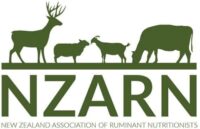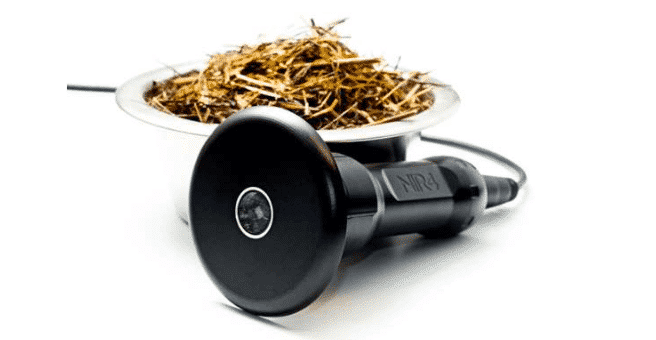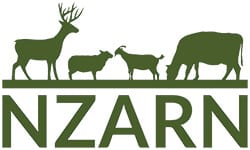Alejandro Criado and Santana Hauraki – AB Vista
NIR technology advanced over the last decades and is being used in many labs using different brands and technologies for fast and cost-effective feed analysis.
New smaller hand-held instruments have been developed which allow operation in the field, i.e. they allow analysis of feed on farm. Feed samples, e.g. silage samples or other feeds surface is scanned and results are presented immediately on screen. Instruments need to be calibrated with representative samples analysed with wet chemistry in a reference lab.
A principle component analysis showed that UK samples can be combined with NZ feed samples for calibration. Data analysis allows to detect bad scans and avoid errors. Validation showed that feed analysis of typical feeds can be achieved on farm.
The advantage of hand-held NIR is the ability to have immediate results and analyse many samples, e.g. across a silage face and identify variance. That allows on farm adjustment to changing DM and nutrient composition.
The precision of the presented hand-held NIR is high, i.e. repeated measurements give similar results. In the discussion it was concluded that the precision of the NIR is often higher than the reference method, however the accuracy (how close is the result to the real value) of NIR cannot be better than the reference method.
NZARN members a full copy of the presentation is available below if you are logged in.
Non-members looking for more information are encouraged to use our ‘contact a nutritionist’ form and ‘member directory’ to find a member who can help them answer their questions.
If you are a Rural Professional interested in joining the NZARN please see our ‘membership’ section.


